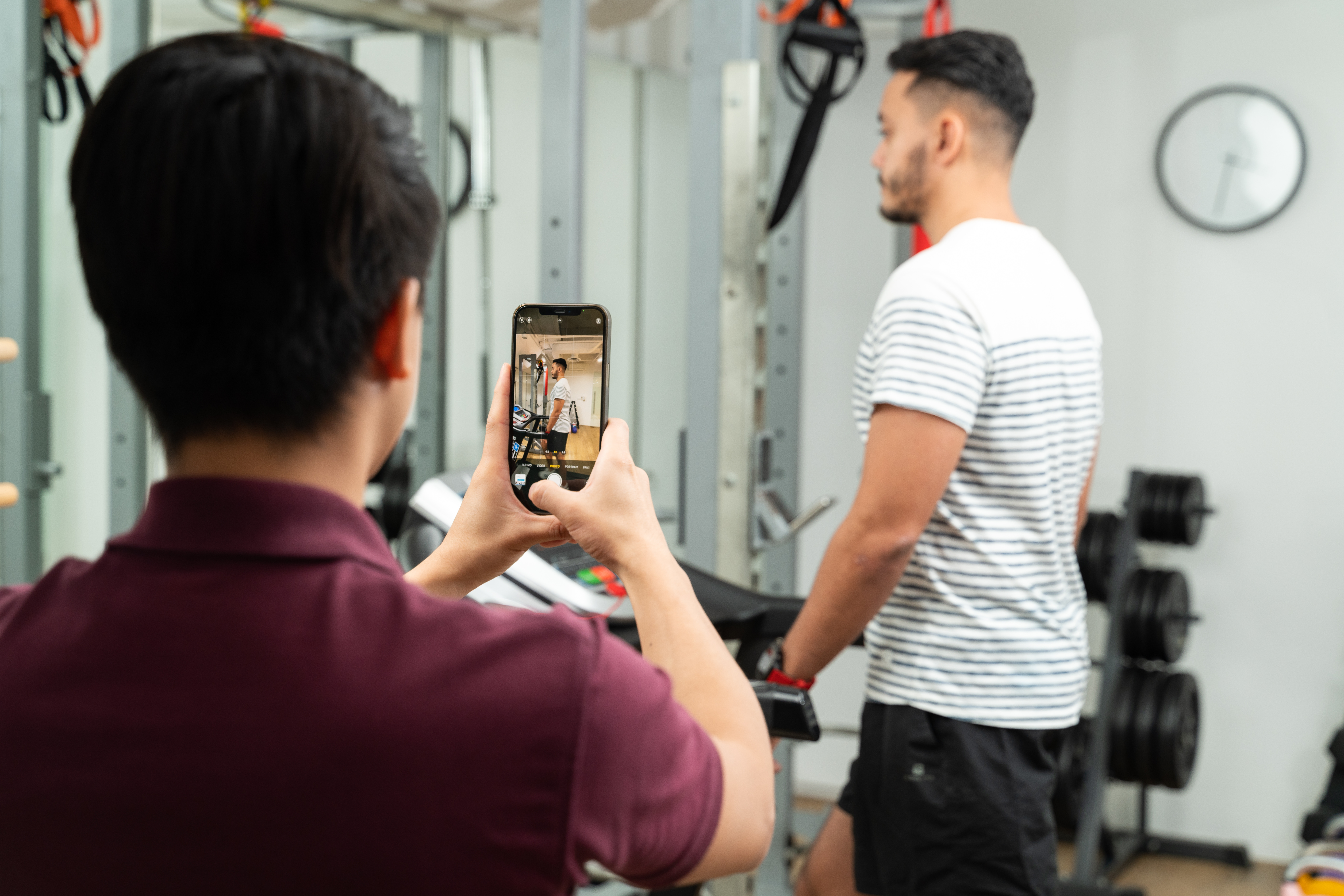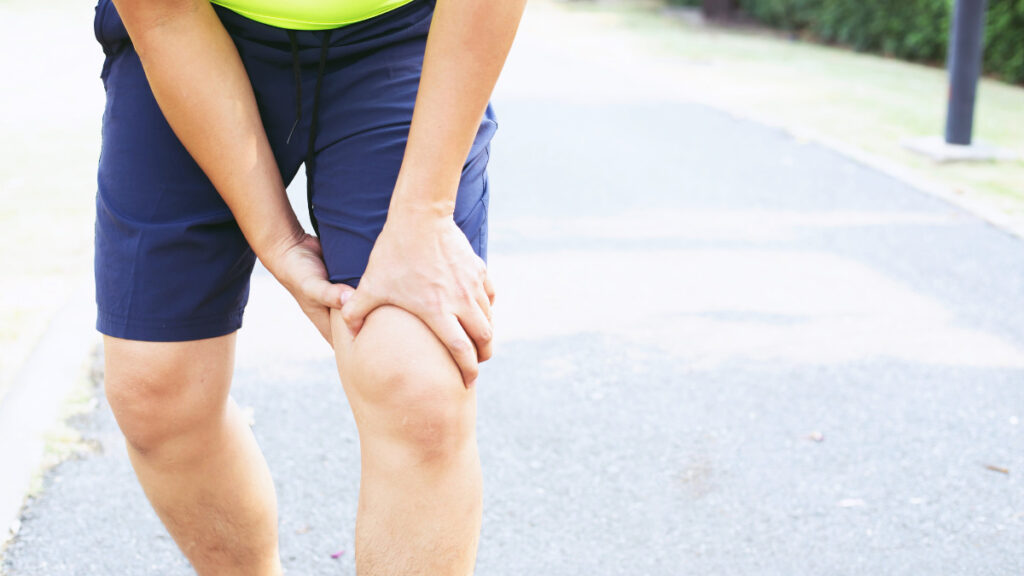Runner’s Knee: Top Tips & Tricks To Handle Them
Running is a simple exercise that you can incorporate into your workout routine. It requires little equipment, can be done at any time of the day and helps to improve your overall health. While running is a positive way of enhancing health and fitness, it is associated with a high risk of injury.
Runner’s Knee is one of the most common injury that runners experience.
What Is Runner’s Knee
Runner’s Knee is an injury sustained primarily during running when the volume/load of training begins to increase. There are two main forms types of runner’s knee:
- Misalignment of the knee cap over the knee joint
- Overload and imbalance of structures around the front of the knee
In both cases, pain is often described as being over the front of the knee, behind the knee cap, or over the outside of the knee/knee cap. The type of pain can vary from a dull aching all the way through to sharp twinges on movement. Runner’s Knee does not often come with excessive swelling or heat around the knee like an acute injury.
What Can You Do When You Have Runner’s Knee
Decrease Your Load
There are many ways that you can do this without affecting your performance. Some examples include:
- Changing sessions to interval running rather than continuous running
- Changing to a low impact activity such as cycling or swimming
- Decreasing the distances that you cover in a session
Implementing these approaches will help in reducing any stress around the knee, allowing the painful structures some relative rest and time to start healing. With the correct load management, you are still able to meet your performance goals while ensuring that you do not sustain any injury.
Visit Your Physiotherapist

Physiotherapists are trained in providing a comprehensive running assessment suitable to your fitness needs and goals. The assessment mainly includes:
- Analysis of your range of movement in the lower back, hips, knees and ankles
- Muscle tests to locate any areas of strength and weakness
- Running gait, depending on the severity of symptoms
Once these evaluations have been made, your the physiotherapist will be able to help you understand what has caused your Runner’s Knee. Rehabilitation and recovery can then effectively begin.
Recover At Your Own Pace
When you exercise, your muscles are usually strained and worn out. Giving your body some time to recover after a hard workout session is important to healthy living. There is no specific time for Runner’s Knee as it varies from person to person.
At Physio Focus, we are big advocates in trying to modify any activity to allow you to keep running where possible (albeit with some guidelines) while you recover back to full fitness and training load.
Top Tips When You’re Progressing Your Training
- If you’re planning on increasing the distances of your training sessions, try increasing it by 10% of the previous training distance (Eg. 10km would become a 11km run). This allows for measurable increases in training volume.
- Ensure that you warm up fully before starting your training session. There will always be a form of temptation to use the first few kilometres as a warm up, but, this will only decrease the quality of the running session as a whole due to using training distances for low intense warm up.
- Ensure that you plan proper recovery sessions. This could include lower intensity running sessions, weight training, swimming, and yoga. These are essential to minimise overloading the same muscles/joints on each training session.
Written By: Aaron McCalum, BSc (Hons) Physiotherapy (UK)
Aaron is a highly experience Physiotherapist who specialises in treating sports injuries, postural related neck and back pain and paediatric patients. He has been part of the Physio Focus team since 2016 and has an extensive experience in private and public healthcare in both Singapore and the UK. Aaron is also qualified in Kinetic Link Training, Dry Needling and Sports Massage.

